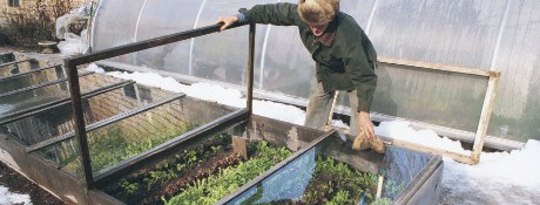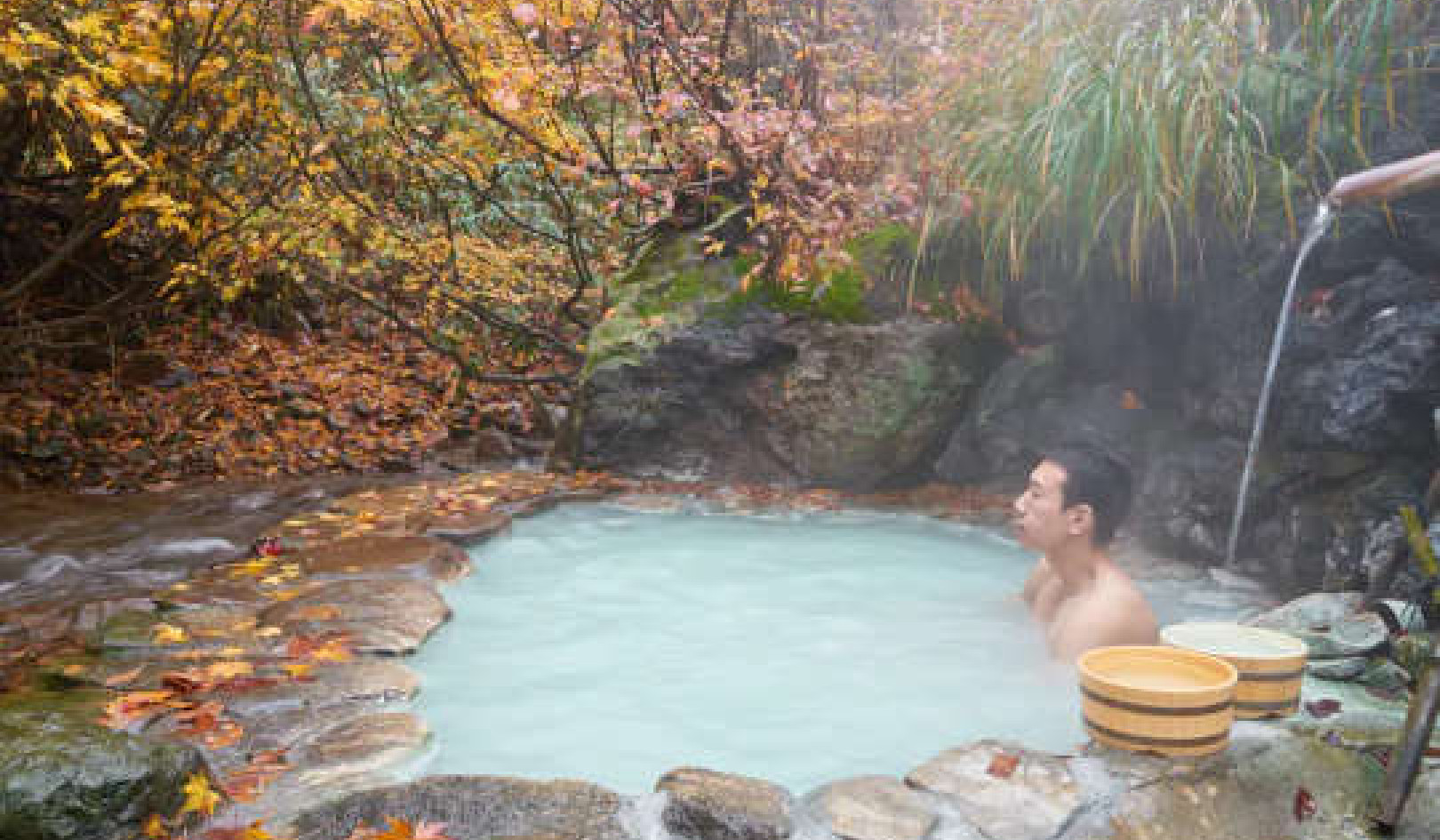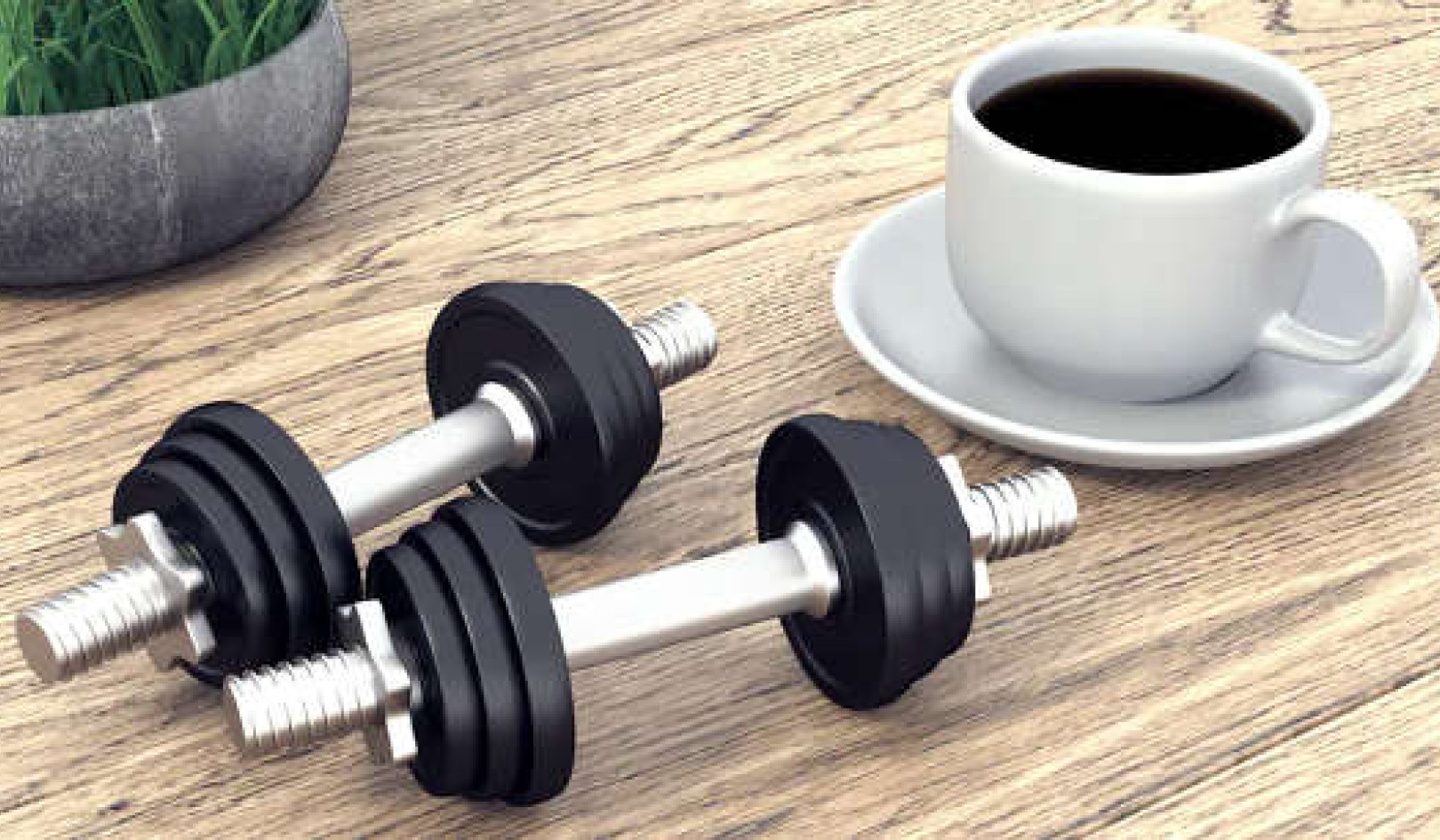
Growers wishing to produce crops over as long a season as possible use various methods to grow earlier crops in spring, extend the growth of cool-weather crops into summer, extend the survival of frost-tender crops beyond the first fall frosts, keep semi-hardy crops alive through the winter, and boost winter production of hardy crops.
ATTRA’s publication Season Extension Techniques for Market Farmers addresses agricultural practices, use of plastics and the economics of season extension. It also includes a useful resource list. In this chapter I’ll give an overview of the possibilities. The timing of succession plantings is also an important method of extending the season of fast-maturing crops.
Rowcover
Rowcover is a wonderful invention: lightweight, easy to use, easy to store. The edges need to be held down by bags of rocks or sand, plastic jugs of water, or metal or wooden stakes lying along the edges. We use scrap wood bars about 5' (1.5 m) long and have found that a simple change to the direction of rolling of the rowcover edges made an enormous difference. (Thank you, Bri!) If you put the stick under the edge of the rowcover and roll the edge under several times, the stick is less likely to escape and leave the rowcover flapping in the wind. Any tendency of the stick to roll down off the edge of the bed causes it to lock itself further in the rowcover. When we use rowcover without hoops, we find we need to remind crew to leave some slack in the rowcover for the plants to grow.
To protect against frost, you need a heavyweight rowcover — the thinner types are for protection from insects. Thinner rowcover can be used doubled up in severely cold weather, if you don’t have enough thick rowcover available.
Get The Latest By Email
Rowcovers do have two disadvantages. One is that if you are growing on bare soil rather than plastic mulch, weeds will grow very well, secretly and out of sight. The second disadvantage is that rowcover reduces light levels. It is a good idea to ventilate covered crops in mild weather, so they don’t lose their cold tolerance.
Hoops can be used to keep rowcover from sticking to frozen leaves and to reduce abrasion. We make hoops by cutting and bending 9- or 10-gauge wire. In winter we use double wire hoops — the outer hoops trap the rowcover so that it doesn’t blow away. The microclimate under hooped rowcovers is very pleasant in chilly, windy weather.
Plastic-Covered Tunnels
Once plants are established, if they can withstand cold nights, they may benefit more from clear plastic rather than rowcover over hoops. The plastic will let more daylight through, while still increasing the temperature and protecting from the wind. These covers may have slits to allow the plastic to curl open as it heats up, letting the hot air escape. If your plastic-covered tunnels are unvented, you will need to provide the ventilation yourself.
There are two versions of low tunnels that are taller, although not tall enough to walk under:
- Quickhoops cover more than one bed, and can be covered with rowcover topped with greenhouse plastic. Caterpillar hoops are similar (usually narrower), and have the plastic or rowcover held down by ropes;
- Hoophouses (walk-in plastic-covered hooped structures, also known as hightunnels, or confusingly, coldframes) are the most successful way to provide harvests in early spring and winter. Traditional low cold-frames (beds with box sides and transparent lids) provide conditions between those of hoophouses and the outdoors. Frames with glass lids and insulating walls are warmer than those with wooden walls and plastic glazing. The latter don’t offer any real advantages over rowcover low tunnels — in my experience they just cost more and offer less flexibility.
Frost Avoidance
Overhead irrigation can be used to protect crops from late frosts in spring (or early frosts in fall). Commercial strawberry growers frequently do this once their plants are flowering. The water must be supplied continuously while the air temperature is below freezing, and continued until the sun is shining on the plants enough to keep them above freezing. This method works because water gives off heat to the plants as it freezes into ice, and the formation of an ice shell around the plant prevents the colder air reaching the plants.
If you wake early and find plants with that dreadful dark green glassy look of frozen death, you may be able to save them by watering immediately, either with sprinklers, or with a hose spray if the area you need to save is small. Just keep watering until the sun is shining on the plants and all may be OK.
Large-scale growers sometimes use wind machines to keep the air moving on cold nights and prevent a frost from descending. In the past, orchardists used small smoky fires to provide insulation over valuable crops. This is no longer recommended because of the air pollution and contribution to global warming.
Extending The Survival of Frost-Tender Crops Beyond The First Fall Frosts
 The return of rowcover is a sign in our fields of the approaching frost. Some crops we simply harvest and store: Chinese cabbage, cowpeas, limas, eggplant, melons, okra and (if the frost is likely to be serious) winter squash. Cauliflowers can be protected by using clothespins to fasten the leaves together over the curds. Bright plastic pins help you locate the cauliflowers later! We cover late rows of summer squash, zucchini, cucumbers, bush beans, pak choy, lettuce and celery. Foliar sprays containing seaweed can be used a few days ahead of expected frosts, to toughen up cell walls and make frost damage less likely.
The return of rowcover is a sign in our fields of the approaching frost. Some crops we simply harvest and store: Chinese cabbage, cowpeas, limas, eggplant, melons, okra and (if the frost is likely to be serious) winter squash. Cauliflowers can be protected by using clothespins to fasten the leaves together over the curds. Bright plastic pins help you locate the cauliflowers later! We cover late rows of summer squash, zucchini, cucumbers, bush beans, pak choy, lettuce and celery. Foliar sprays containing seaweed can be used a few days ahead of expected frosts, to toughen up cell walls and make frost damage less likely.
We use overhead sprinklers for our tomatoes and peppers if the forecast suggests a frost is likely. Tomatoes and peppers have big plants not easily covered by rowcover. Some growers take down the posts or cages supporting their tomatoes and lay the plants down on the ground so they can be covered. Here, and in many parts of the country, a frost or two will often be followed by a few more weeks of warm weather, so getting past the first few frosts is worth the effort. It’s much easier to get extra harvests for a month or two from mature plants you already have, than it is to get harvests a week earlier in the spring.
With peppers, often only the top of the plant will get damaged by frost, so once we get close to our usual frost date, we change our harvest method. We remove all the peppers open to the sky, regardless of color. The peppers protected by foliage above them will often come through undamaged. The frosted top leaves die off, so before the next frosty night, we harvest another layer of peppers. This method allows us to get the highest number of ripe peppers possible, and also spreads out the harvest in a way that is more manageable.
Keeping Crops Alive Into Winter and Boosting Winter Production
If you want to overwinter crops, start by believing it is possible, and look for the hardier cultivars available. If you can add some wind protection, do so. At our Zone 7 farm, we overwinter Yates kale without rowcover, but we’ve killed off Winterbor and Russian kales that way, while we were learning.
Many greens and roots can survive some freezing, so it is worth experimenting to find how late you can keep crops outdoors. s.
Consider The Wisdom of Season Extension
Success with season extension is a matter of finding the balance point at which the time, money and energy you put in are still definitely worthwhile. The further we go from a plant’s natural season, the more costly the efforts to keep it alive and productive. I sometimes imagine the pineapple growers in Victorian England — low-paid workers crafting thick straw ropes to wrap around tender plants for insulation, and stoking coal stoves day and night to grow a pineapple or two for the rich people in the Big House. Not a model to copy!
The issues of plastics disposal and the ecological impact of the use of fossil fuels to manufacture agricultural fabrics are both worth thinking about. The ecological costs of shipping [produce] are usually much higher than those of careful use of plastics.
©2013 by Pamela Dawling. All Rights Reserved.
Reprinted with permission of the publisher,
New Society Publishers. http://newsociety.com
This article was adapted with permission from the book:
Sustainable Market Farming: Intensive Vegetable Production on a Few Acres
by Pam Dawling.
 Targeted at serious growers in every climate zone, Sustainable Market Farming is a comprehensive manual for small-scale farmers raising organic crops sustainably on a few acres. Whether you are a beginning market grower or an established enterprise seeking to improve your skills, this book is an invaluable resource for the maturing local agriculture movement.
Targeted at serious growers in every climate zone, Sustainable Market Farming is a comprehensive manual for small-scale farmers raising organic crops sustainably on a few acres. Whether you are a beginning market grower or an established enterprise seeking to improve your skills, this book is an invaluable resource for the maturing local agriculture movement.
Click here for more info and/or to order this book on Amazon.
About the Author
 Pam Dawling is a contributing editor with Growing for Market magazine and a speaker on growing vegetables sustainably. An avid vegetable grower for almost 40 years, she has been farming and providing training in sustainable vegetable production for community members at Twin Oaks Community in central Virginia for over 20 years. She is the manager of the three and a half acre vegetable gardens which feed around 100 people all year. Pam's previous farming experience includes caring for livestock; growing small acreages of grains, field beans and hay, using old farm implements, and growing and cooking more than sixty different kinds of vegetables and fruits. For more about her book, see www.sustainablemarketfarming.com
Pam Dawling is a contributing editor with Growing for Market magazine and a speaker on growing vegetables sustainably. An avid vegetable grower for almost 40 years, she has been farming and providing training in sustainable vegetable production for community members at Twin Oaks Community in central Virginia for over 20 years. She is the manager of the three and a half acre vegetable gardens which feed around 100 people all year. Pam's previous farming experience includes caring for livestock; growing small acreages of grains, field beans and hay, using old farm implements, and growing and cooking more than sixty different kinds of vegetables and fruits. For more about her book, see www.sustainablemarketfarming.com







